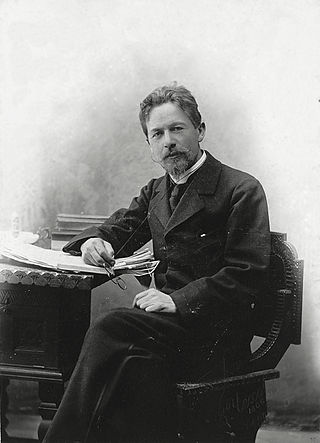
Anton Pavlovich Chekhov was a Russian playwright and short-story writer. His career as a playwright produced four classics, and his best short stories are held in high esteem by writers and critics. Along with Henrik Ibsen and August Strindberg, Chekhov is often referred to as one of the three seminal figures in the birth of early modernism in the theatre. Chekhov was a physician by profession. "Medicine is my lawful wife," he once said, "and literature is my mistress."
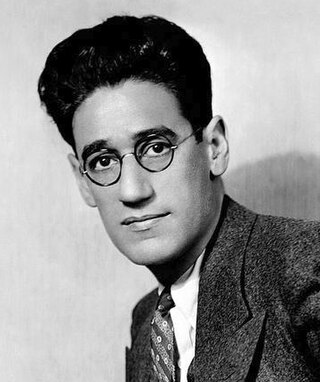
George Simon Kaufman was an American playwright, theater director and producer, humorist, and drama critic. In addition to comedies and political satire, he wrote several musicals for the Marx Brothers and others. He won the Pulitzer Prize for Drama for the musical Of Thee I Sing in 1932, and won again in 1937 for the play You Can't Take It with You. He also won the Tony Award for Best Director in 1951 for the musical Guys and Dolls.

William Goldman was an American novelist, playwright, and screenwriter. He first came to prominence in the 1950s as a novelist before turning to screenwriting. Among other accolades, Goldman won two Academy Awards in both writing categories—once for Best Original Screenplay for Butch Cassidy and the Sundance Kid (1969) and once for Best Adapted Screenplay for All the President's Men (1976).

East Lynne is an 1861 English sensation novel by Ellen Wood, writing as Mrs. Henry Wood. A Victorian-era bestseller, it is remembered chiefly for its elaborate and implausible plot centering on infidelity and double identities. There have been numerous stage and film adaptations.
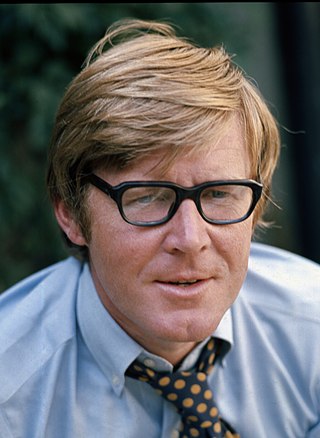
Alan Bennett is an English actor, author, playwright, and screenwriter. Over his entertainment career he has received numerous awards and honours including two BAFTA Awards, four Laurence Olivier Awards, and two Tony Awards. He also earned an Academy Award nomination for his film The Madness of King George (1994). In 2005 he received the Society of London Theatre Special Award.
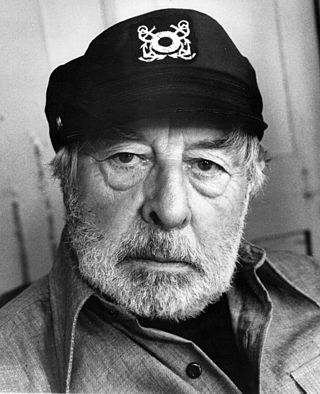
John Houseman was a Romanian-born British-American actor and producer of theatre, film, and television. He became known for his highly publicized collaboration with director Orson Welles from their days in the Federal Theatre Project through to the production of Citizen Kane and his collaboration, as producer of The Blue Dahlia, with writer Raymond Chandler on the screenplay. He won the Academy Award for Best Supporting Actor for his portrayal of Professor Charles W. Kingsfield in the 1973 film The Paper Chase. He reprised the role of Kingsfield in the 1978 television series adaptation.

Richard Horatio Edgar Wallace was a British writer of sensational detective, gangster, adventure, and sci-fi novels, plays and stories.

Guy Reginald Bolton was an Anglo-American playwright and writer of musical comedies. Born in England and educated in France and the US, he trained as an architect but turned to writing. Bolton preferred working in collaboration with others, principally the English writers P. G. Wodehouse and Fred Thompson, with whom he wrote 21 and 14 shows respectively, and the American playwright George Middleton, with whom he wrote ten shows. Among his other collaborators in Britain were George Grossmith Jr., Ian Hay and Weston and Lee. In the US, he worked with George and Ira Gershwin, Kalmar and Ruby and Oscar Hammerstein II.
Six Characters in Search of an Author is an Italian play by Luigi Pirandello, written and first performed in 1921. An absurdist metatheatric play about the relationship among authors, their characters, and theatre practitioners, it premiered at the Teatro Valle in Rome to a mixed reception, with shouts from the audience of "Manicomio!" ("Madhouse!") and "Incommensurabile!", a reaction to the play's illogical progression. Reception improved at subsequent performances, especially after Pirandello provided for the play's third edition, published in 1925, a foreword clarifying its structure and ideas.
The Frohman brothers were American theatre owners, including on Broadway, and theatrical producers who also owned and operated motion picture production companies.
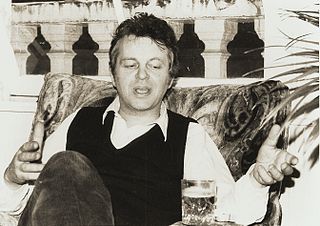
Derek William Mario Marlowe was an English playwright, novelist, screenwriter and painter.
Frank Daniel Gilroy was an American playwright, screenwriter, and film producer and director. He received the Tony Award for Best Play and the Pulitzer Prize for Drama for his play The Subject Was Roses in 1965.

George Walter Terwilliger was an American film director, screenwriter, and journalist. He worked in both the silent and sound eras, directing at least 76 productions between 1912 and 1936. He also wrote scores of screenplays for films released between 1910 and 1939. In 1912 alone, he was contracted by Lubin film studio to write one story a week for the company.
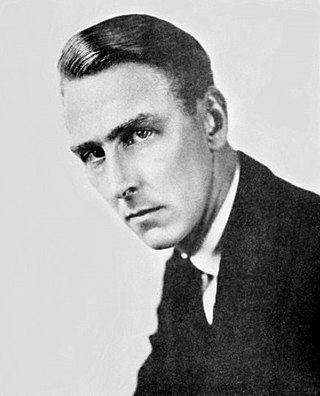
Percy Marmont was an English film actor.
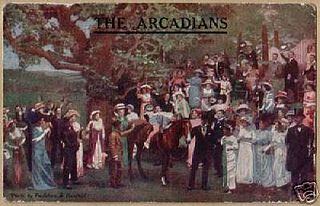
Arthur Harold Wimperis was an English playwright, lyricist and screenwriter, who contributed lyrics and libretti to popular Edwardian musical comedies written for the stage. But, with the advent of talking films, he switched to screenwriting, finding even greater success in this medium.
Charles Cyprian Strong Cushing was an American playwright who wrote under the name Tom Cushing.
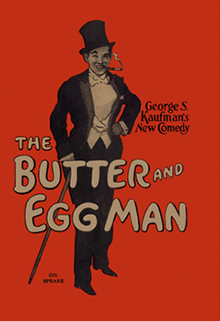
The Butter and Egg Man is a 1925 play by George S. Kaufman, the only play he wrote without collaborating. It was a Broadway hit during the 1925–26 season at the Longacre Theatre. Adapted to film six times, it is still performed on stages today.

Benjamin Bowles Hampton (1875–1932) was an American film producer, writer, and director. He led a 1916 plan to conglomerate film companies via acquisition. He was married to actress Claire Adams and was a partner in Zane Grey Pictures. He wrote the History of the American Film Industry from Its Beginnings to 1931. He is credited with producing numerous films.
Samuel Shipman was an American playwright. Several of his plays were adapted to film. He was Jewish.
Gus C. Weinberg was an actor, writer, and composer who appeared in early-twentieth-century American films. He also had theatrical roles during his career. Weinberg lived in Milwaukee but traveled widely, appearing in several lead roles in touring shows in the United States and London. Some of the songs he wrote became popular.


















